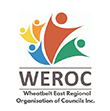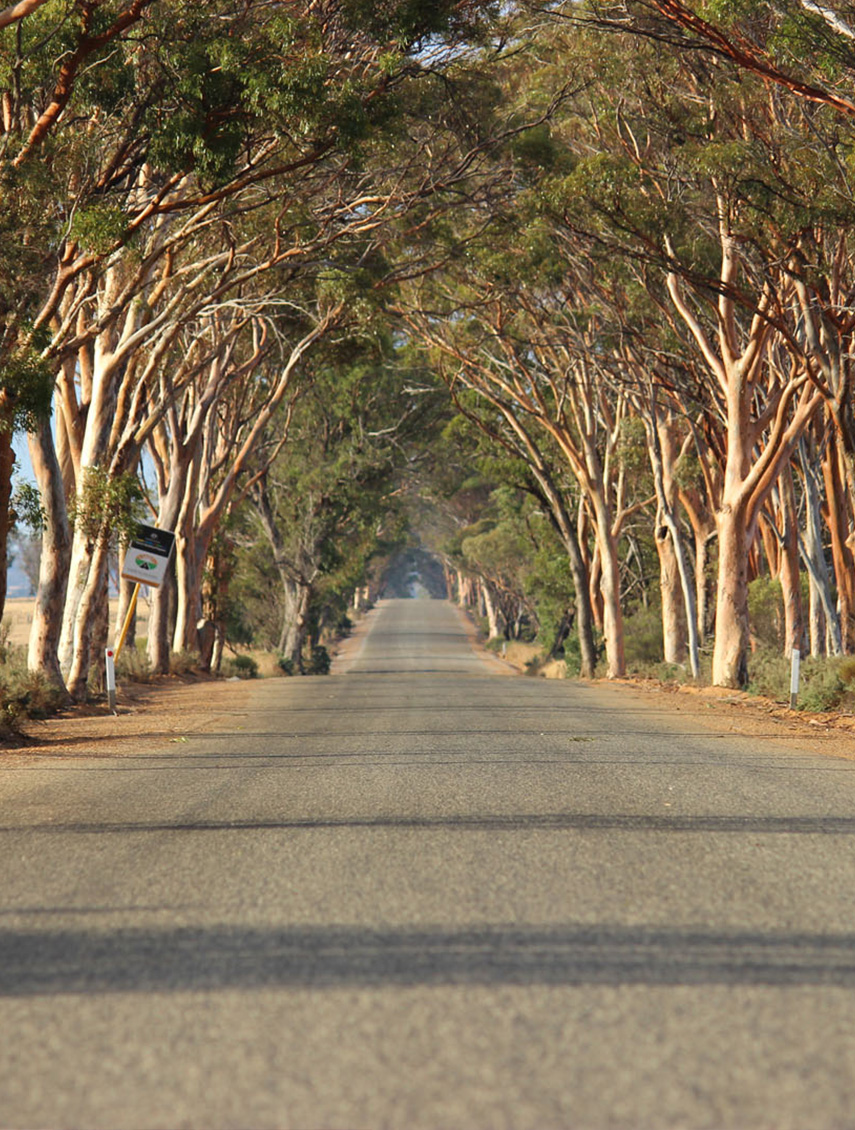The WEROC region covers an area of 45,008km² in the Central and Eastern Wheatbelt, encompassing seven Local Government areas. The estimated resident population of the WEROC region is 8,345 (ABS Census 2021). Merredin as the largest town within the WEROC region, acts as a regional hub for government, population services and commerce.
The WEROC area is a region of small businesses with 54.7% of registered businesses being non-employing and a further 33.3% employing between 1 and 4 people. Agriculture (grain growing or mixed crop and livestock farming) is the largest industry by volume of registered businesses and is also the principal industry of employment in the WEROC region.
The WEROC regions Gross Regional Product (GRP) is estimated at $2.459 billion (27% of the total GRP for the Wheatbelt).
At an estimated $1.577 billion, mining is the largest value-added contributor to the WEROC region’s economy. Mining in the WEROC region accounts for 71% of the mining value-add for the entire Wheatbelt region. Agriculture, Forestry and Fishing is the second largest value-adding industry with a contribution of approximately $268 million.


